

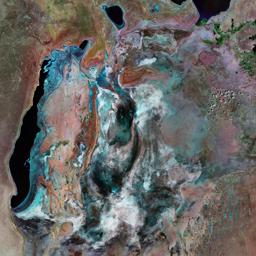
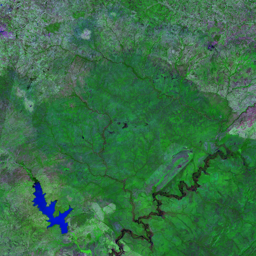



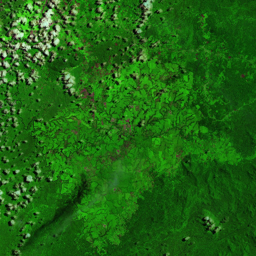

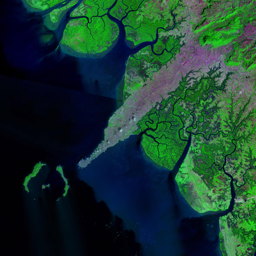
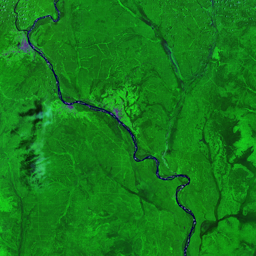
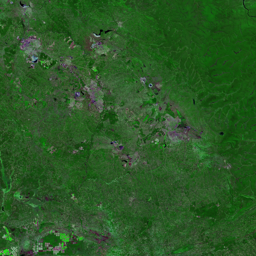
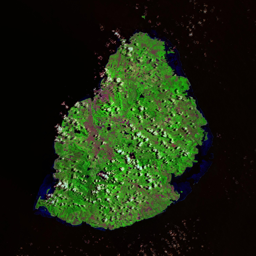
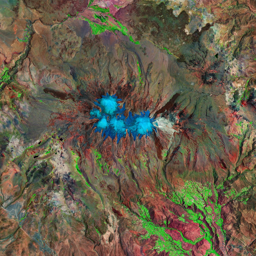
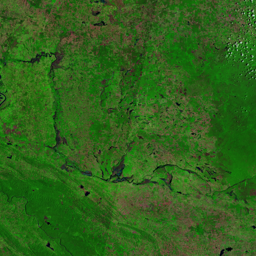
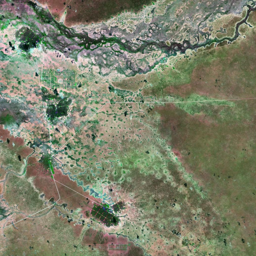

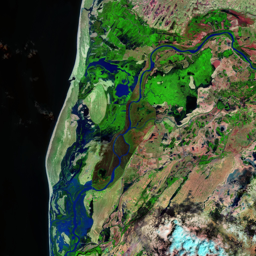


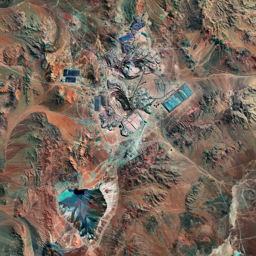
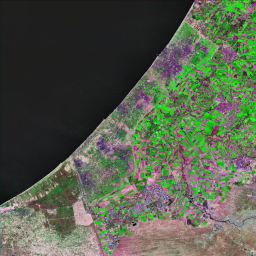






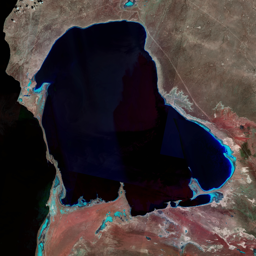
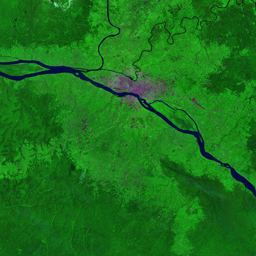


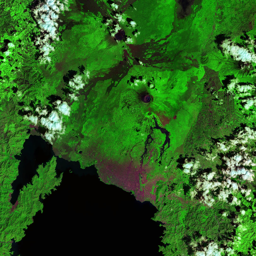

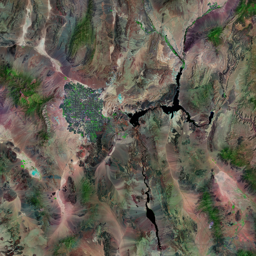
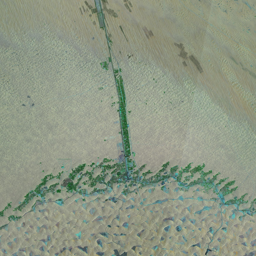
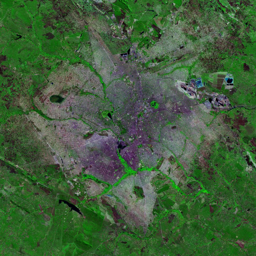



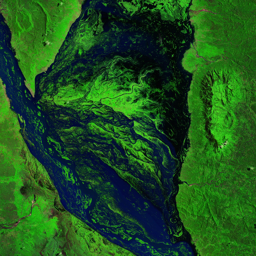







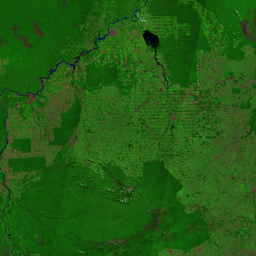
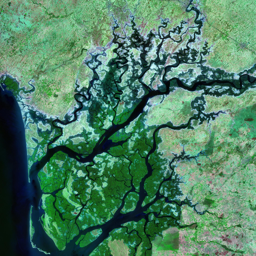

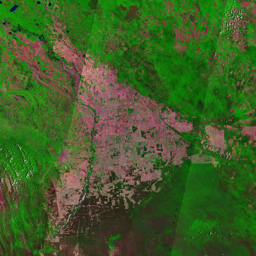
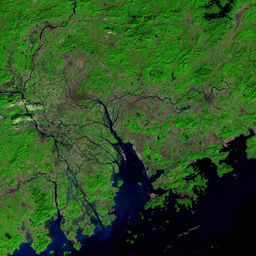

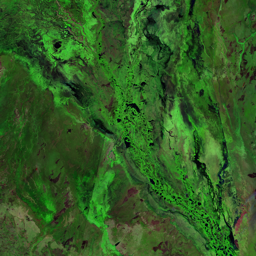

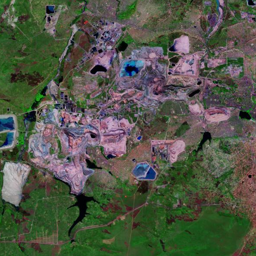
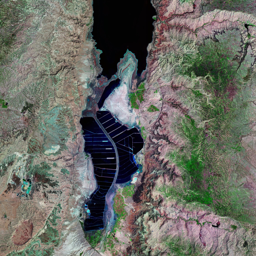
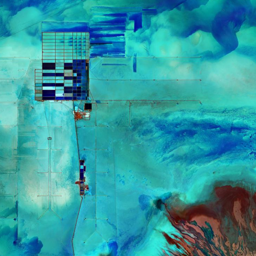
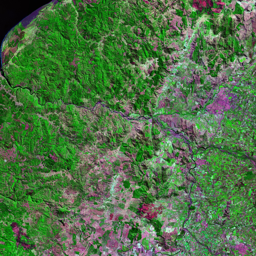


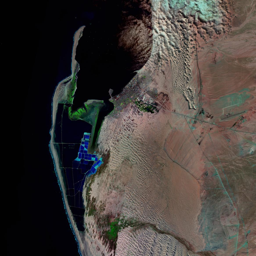

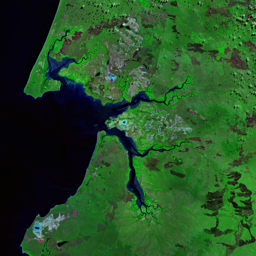
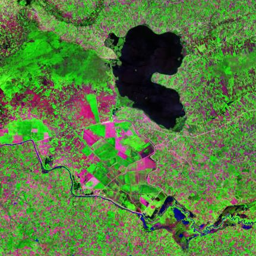
The Tenke Fungurume copper-cobalt mining project is located in the Democratic Republic of Congo (DRC). Mining activities have been taking place in the Tenke Fungurume region since the early 20th century . However, production was scaled up in 2009 and has since been one of the largest copper-cobalt mines in the world . The mine has an estimated reserve of 176.8 million tonnes of recoverable ore grading 2.1% copper and 0.3% cobalt, which can sustain 32 years of mining operations at an annual ore production rate of 5.54Mt. The environmental and social impact assessment (ESIA) for the Tenke Fungurume Mining project considered baseline conditions and construction, operation, and closure phases for the project. Over 175 disclosure and public consultation meetings took place between 2005 and 2006 involving the participation of local communities and affected families, NGOs, special interest groups, regional and national government. The ESIA identified several potential environmental impacts such as air quality degradation, water quality degradation, soil erosion, deforestation, loss of biodiversity, and noise pollution. To mitigate these impacts, several measures were implemented such as dust suppression systems, water management systems, reforestation programs, waste management systems, and noise reduction measures. As well as a biodiversity action plan to protect endangered species such as chimpanzees and gorillas. Residents of the nearby town of Tenke are known to trespass into the mine to collect cobalt, triggering conflict with the company in charge of the mine security.
Use shift + scroll to zoom the map
Use shift + scroll to zoom the map